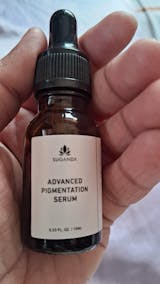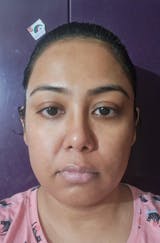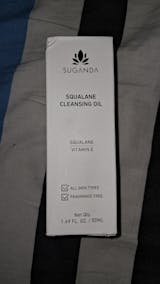Acne vulgaris, or acne, is a skin condition induced by clogging of pores present in the skin due to a large number of dead skin cells and oil produced by sebaceous glands of the skin. Acne vulgaris is characterized by blackheads, red pimples or bumps, pustules, and, in certain cases, severe inflammation, whereas its site of occurrence can possibly be back, chest, and shoulders too apart from the face. Acne starts developing most frequent during puberty, but it can continue longer and affect both men and women irrespective of their age. Swelling, redness, and pus can also be indicated in acne breakouts.
There are various reasons behind acne conditions while the most predominant ones include hormonal changes, genetic predisposition, diet and lifestyle, microbiome majorly including bacteria, intake of specific types of drugs/ medicines, as well as many environmental factors like humidity, use of wrong cosmetic products and so on.
How can you prevent acne breakouts?
There are many medicated as well as natural ways to help you prevent development of acne or mediate the acne breakouts depending on the cause of acne. Primarily, diet and lifestyle changes may also affect acne development to a great extent, however, some medically prescribed topical treatments suggested for acne include the use of acids like salicylic acid and other alpha hydroxyl acids (AHAs).
How to wash your face before applying acid-based products?
Many acne cleansers contain harsh, abrasive substances that irritate the skin and make breakouts worse. They also dry the skin. The solution for this is to choose a gentle, fragrance-free cleanser that maintains the optimum balance between eliminating excess oil, makeup, and other pore-clogging debris while not over-drying the skin. You can wash the skin twice a day, once in the morning and once at night.
Acids used for acne treatment:
There is a variety of acids that are medically recommended and widely used in the treatment of acne development and breakouts. Alpha hydroxy acids (AHAs) including lactic acid, mandelic acid, and glycolic acid are often used in the form of different formulations to treat acne. The major action mechanism of these acids includes drying up whiteheads, blackheads, and pimples that ultimately cause the top layer of your skin to peel.
Salicylic acid:
Salicylic acid is one of the most effective exfoliators used for acne breakouts. It works by penetrating deep into the pores, removing dead skin cells, unclog the pores by removing oil that ultimately leads to a soothing effect reducing redness, inflammation and irritation. You need to use salicylic acid against active acne almost 2-3 times a week, which is ideally suitable for oily skin types, whereas its frequency of application may vary depending upon the type of skin as well as severity of acne breakout. However, the common side effects of using salicylic acid refer to dry and irritated skin in case of overuse. If you find any symptoms of dry and irritated skin, you need to immediately stop using the salicylic acid and consult your dermatologist.
Lactic Acid:
Chemical peeling with alpha and beta hydroxy acids has been used to reduce pigmentation in acne scars. Lactic acid is a moderate alpha hydroxy acid that has been used to treat a variety of dermatological issues and mainly work by regulation of oil production by sebaceous glands while reducing inflammation and redness. Lactic acid improves the texture, pigmentation, and appearance of the treated skin. It has been observed that use of lactic acid is involved in acne scar lightening and hence, fading dark spots on the face and giving a bright skin look. Lactic acids can be used for all types of skin.
Mandelic acid:
Mandelic acid is also another type of AHAs that penetrates the epidermis more slowly and consistently, making it a good peeling agent for individuals with severe acne and pigmentation who have sensitive skin. However, due to large structure of mandelic acid, its penetrating abilities are not as effective as salicylic acid. It is extremely gentle and suitable for all skin types. This is also effective to use for exfoliation on daily basis.
Glycolic acid:
Another type of AHAs used in acne treatment is glycolic acid, which acts just like the mandelic acid, hence, improving the acne breakouts by persistent penetration in pores and also involved in skin lightening. Glycolic acid (GA) peel has been widely used for pigmentary dyschromias in addition to acne treatment.
What are some tips to use acids for acne treatment?
Skin care products containing AHAs are generally safe to use, but there may be some side effects as well if they are not used cautiously. For instance:
- Alpha hydroxyl acids may cause tingling and a mild redness of the skin.
- You need to use them less often if you notice that your skin becomes very red or very dry.
- You also would require to wear sunscreen in addition to other methods of preventing ultraviolet (UV) radiations coming from the sunlight since the use of products containing alpha hydroxyl acids make your skin quite sensitive to ultraviolet light.







 +91 9347578980
+91 9347578980



